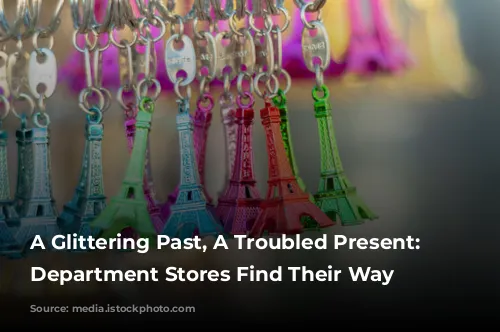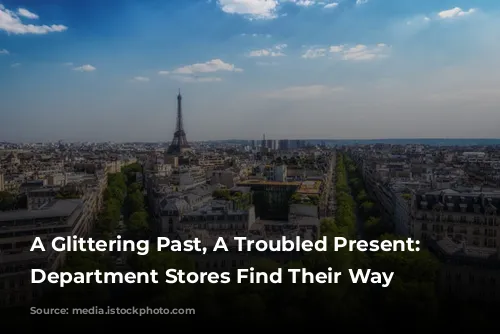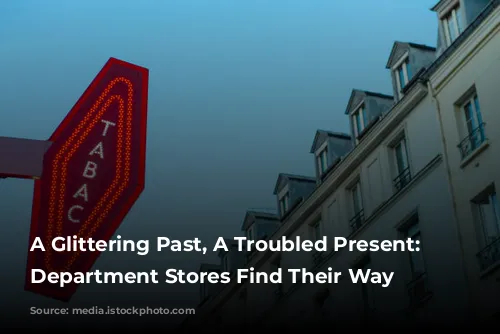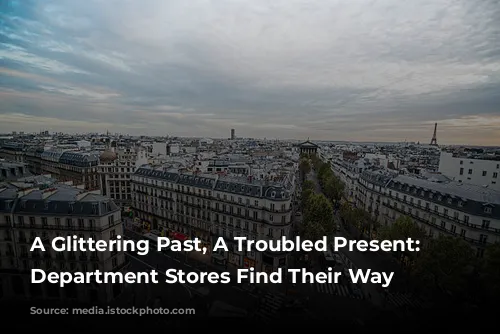La Samaritaine, a Parisian landmark once renowned for its diverse offerings, has been reborn as a modern shopping haven. Its top floor boasts an artificial beach with a digital sunset, while downstairs, futuristic face masks promise glowing skin, and a playful Olympic retail experience showcases anthropomorphised French revolutionary hats. Yet, despite this audacious reinvention, a sense of emptiness hangs in the air. Customers are missing.
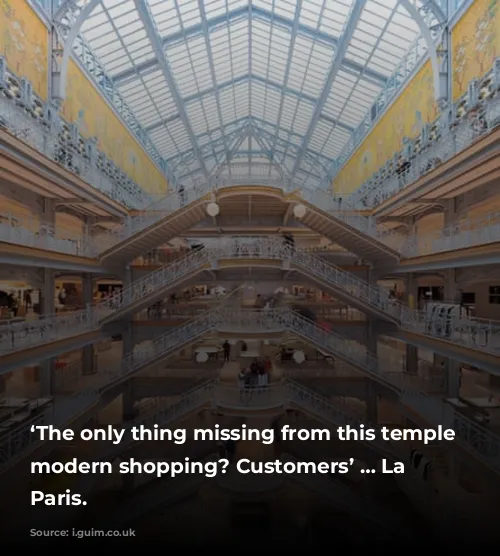
A Tale of Two Eras: From Parisian Opulence to Retail Struggles
This grand department store, originally established in 1870 as a one-stop shop for everything from lingerie to lawnmowers, underwent a dramatic transformation after its acquisition by luxury conglomerate LVMH in 2001. Sixteen years and €750 million later, a new La Samaritaine emerged, featuring a five-star hotel, a testament to its ambitious vision. However, three years since its reopening, La Samaritaine struggles to attract shoppers, mirroring a global trend of dwindling footfall in department stores. The bustling energy of these grand retail spaces, once a defining feature of Parisian life, has dissipated.
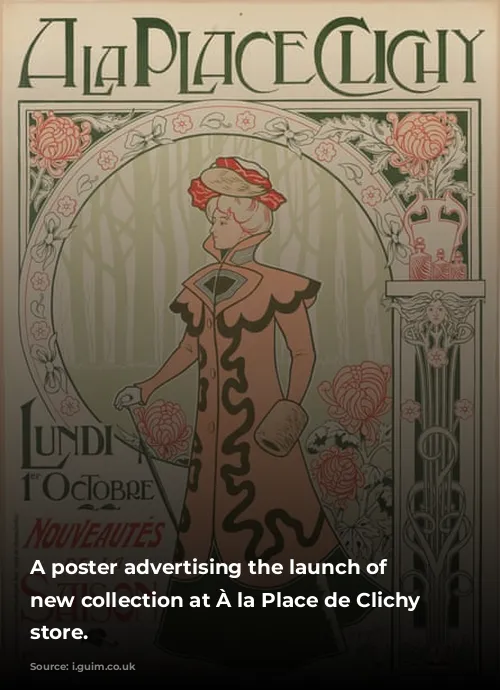
Reimagining Retail: A Journey Through Time
The Musée des Arts Décoratifs, a short distance from La Samaritaine’s quiet floors, offers a fascinating glimpse into the history of department stores. This captivating exhibition transports visitors to the golden era of Paris’s grands magasins, the opulent cathedrals of commerce that revolutionized urban life.
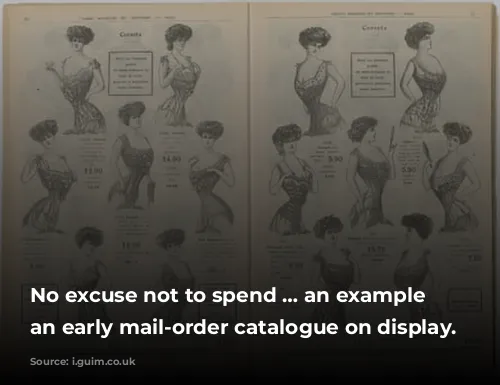
The Birth of a Retail Phenomenon: A Place to Linger and Be Seen
The exhibition unfolds a story of grandeur and ingenuity. These early department stores, born in the 1850s, were architectural marvels, their opulent interiors designed to captivate the burgeoning bourgeois class. From the cascading staircases adorned with intricate sculptures to the towering vaulted ceilings illuminated by gilded chandeliers, these stores were conceived as theatrical stages for the emerging elite to flaunt their newfound wealth and status.

A Haven of Freedom and Pleasure: The Allure of the Department Store
These retail palaces weren’t just places to buy goods; they were havens of leisure and social interaction. They offered women a space to escape the confines of their homes and engage in social gatherings, a concept explored in Émile Zola’s novel The Ladies’ Paradise. Customers were treated as guests, not consumers, with no pressure to purchase, a radical notion for the time.

The Rise of Marketing and the Democratisation of Fashion
The exhibition reveals how department stores pioneered sophisticated marketing techniques. They utilized strategically curated displays to evoke a sense of desire, skillfully juxtaposing items to create irresistible allure. The rise of ready-to-wear fashion, fueled by the mechanisation of the textile industry, transformed the department store into a one-stop shop for complete wardrobes, and advertising campaigns promoted the image of “La Parisienne,” the epitome of chic and independence.

The Dawn of Fast Fashion and the Power of Advertising
The exhibition highlights the evolution of sales strategies, from seasonal promotions to the emergence of the annual sales calendar, a precursor to today’s fast fashion cycle. The show showcases the evolution of advertising, from print campaigns to mail-order catalogues, demonstrating the power of visual storytelling and its influence on consumer behaviour.
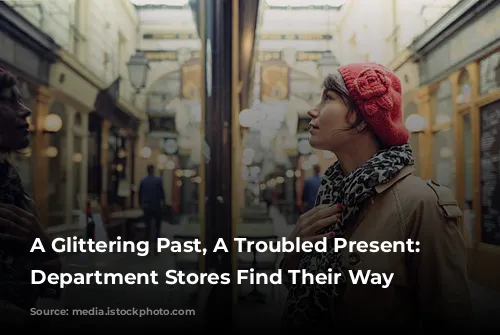
A Legacy of Consumerism: Reflecting on the Past, Reimagining the Future
While the exhibition celebrates the ingenuity and grandeur of department stores, it also prompts reflection on the darker side of their legacy. The exhibition explores the rise of consumerism, the impact of advertising on children, and the environmental consequences of mass production.

Can Department Stores Adapt? A New Era of Urban Public Spaces?
As department stores face an uncertain future, the exhibition offers a unique perspective on their potential transformation. The exhibition challenges us to imagine new uses for these grand spaces, transforming them into vibrant public arenas that foster community, learning, and creativity. Just as libraries have evolved to become centres of cultural exchange, perhaps department stores can become spaces for reading, relaxation, and artistic expression, offering a new model for urban life.

